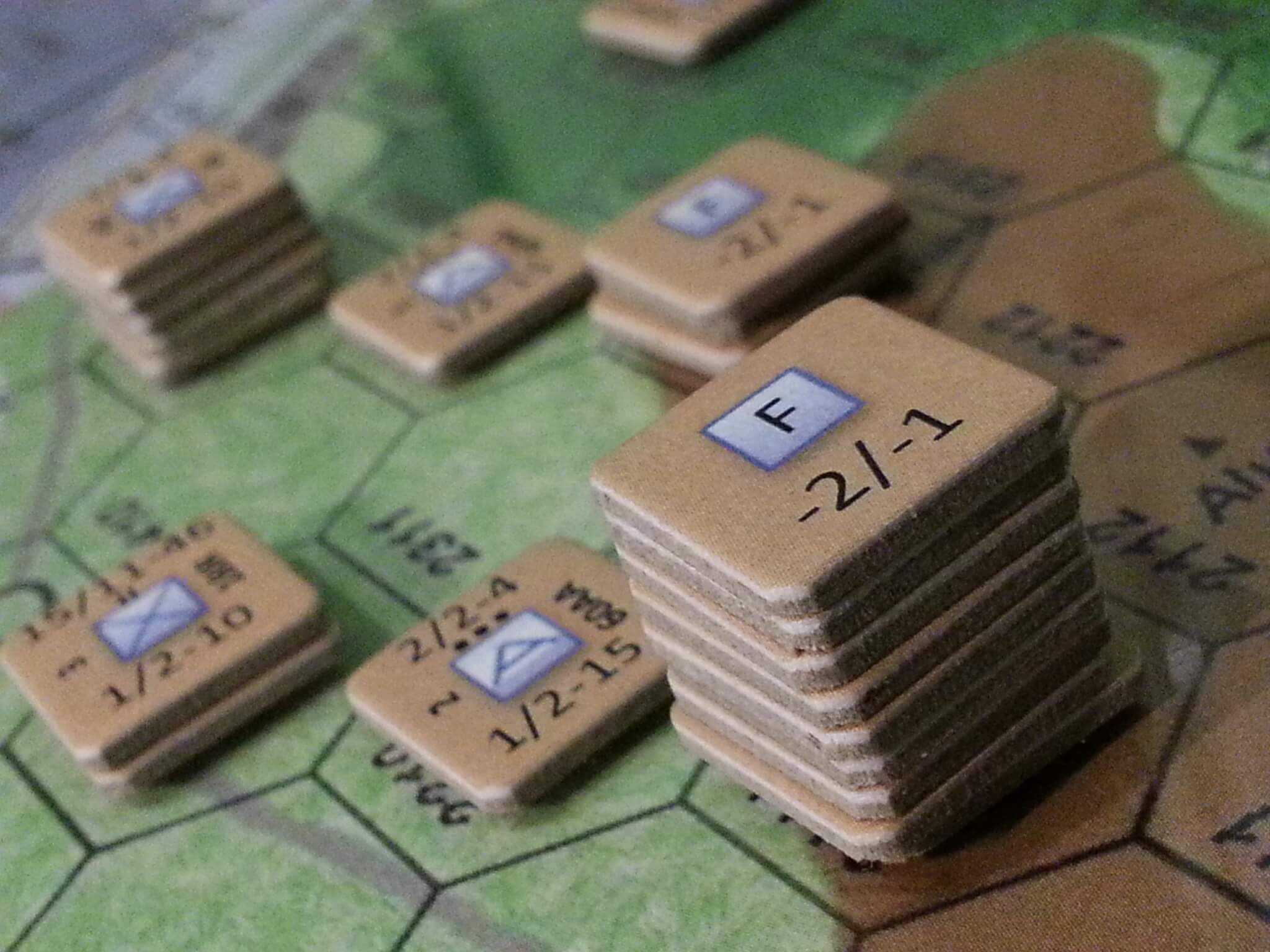A Japanese Battalion under dug in fortifications near the Northern Beaches Red 1 & 2.
21st of July to 10th of August 1944.
Guam is situated in the Mariana Islands. 59,400 US troops – Marines and Army invaded to secure airfields that allow for the bombing of Japan by B-29s. The Imperial Japanese Armies 29th Infantry Division (two regiments) and other Brigades attempt to hold as long as possible.
Some video and prep coming notes coming regarding strategy as we go.
Wiki Article:
Guam, ringed by reefs, cliffs, and heavy surf, presents a formidable challenge for an attacker.[1]:14 Underwater demolition teams reconnoitered the beaches and removed obstacles from 14–17 July.[1]:43 Despite the obstacles, on 21 July, the Americans landed on both sides of the Orote Peninsula on the western side of Guam, planning to secure Apra Harbor.[1]:23 The 3rd Marine Division landed near Agana to the north of Oroteat 08:29, and the 1st Provisional Marine Brigade landed near Agat to the south.[1]:24,44 Japanese artillery sank 20LVTs, and inflicted heavy casualties on the Americans, especially on the 1st Provisional Marine Brigade, but, by 09:00, men and tanks were ashore at both beaches.
By nightfall, the Americans had established beachheads about 6,600 feet (2,000 m) deep.[2]Japanese counterattacks were made throughout the first few days of the battle, mostly at night, using infiltration tactics. Several times they penetrated the American defenses and were driven back with heavy losses of men and equipment.
The 77th Infantry Division had a more difficult landing on 23–24 July.[1]:17 Lacking amphibious vehicles, they had to wade ashore from the edge of the reef where they were dropped by their landing craft. The men stationed in the two beachheads were pinned down by heavy Japanese fire, making initial progress inland quite slow. Supply was very difficult[3] for the Americans in the first days of the battle. Landing ships could not come closer than the reef, several hundred yards from the beach, and amphibious vehicles were scarce.
US Marines move inland
The 1st Provisional blocked off the Orote Peninsula on 25 July, and that same night Lt. General Takeshi counterattacked, coordinated with a similar attack against the 3rd Division to the north.[1]:56 The next day, General Obata reported, “our forces failed to achieve the desired objectives.”[1]:61 Lieutenant General Takeshi Takashina was killed on 28 July, and Lieutenant General Hideyoshi Obata took over the command of the defenders.[1]:65 On 28 July, the two beachheads were linked,[1]:17 and by 29 July, the peninsula was secure.[1]:64
The counterattacks against the American beachheads, as well as the fierce fighting, had exhausted the Japanese. At the start of August, they were running out of food and ammunition and had only a handful of tanks left. Obata withdrew his troops from the south of Guam, planning to make a stand in the mountainous central and northern part of the island, “to engage in delaying action in the jungle in northern Guam to hold the island as long as possible”.[1]:65

After ensuring no significant Japanese forces operated in the southern portion of Guam, Major General Geiger started an offensive north with the 3rd Marine Division on the left flank, and the 77th Infantry Division on the right, liberating Agana on the same day.[1]:70 The Tiyan Airfield was captured on 1 Aug.[1]:72
Rain and thick jungle made conditions difficult for the Americans, but after an engagement with the main Japanese line of defense around Mount Barrigada from 2–4 August, the Japanese line collapsed.[1]:73–74 The 1st Provisional formed up on the left flank of the 3rd Marine on 7 August, due to the widening front and continued casualties, in an effort to prevent the Japanese from slipping through the American gaps.[1]:75–76The Japanese had another stronghold at Mount Santa Rosa, which was secured on 8 Aug.[1]:74,81
On 10 August, organized Japanese resistance ended, and Guam was declared secure, though an estimated 7,500 Japanese soldiers were estimated to be at-large.[1]:81 The next day, Obata committed ritual suicide at his headquarters on Mount Mataguac, after sending a farewell message to Japan.[1]:81

